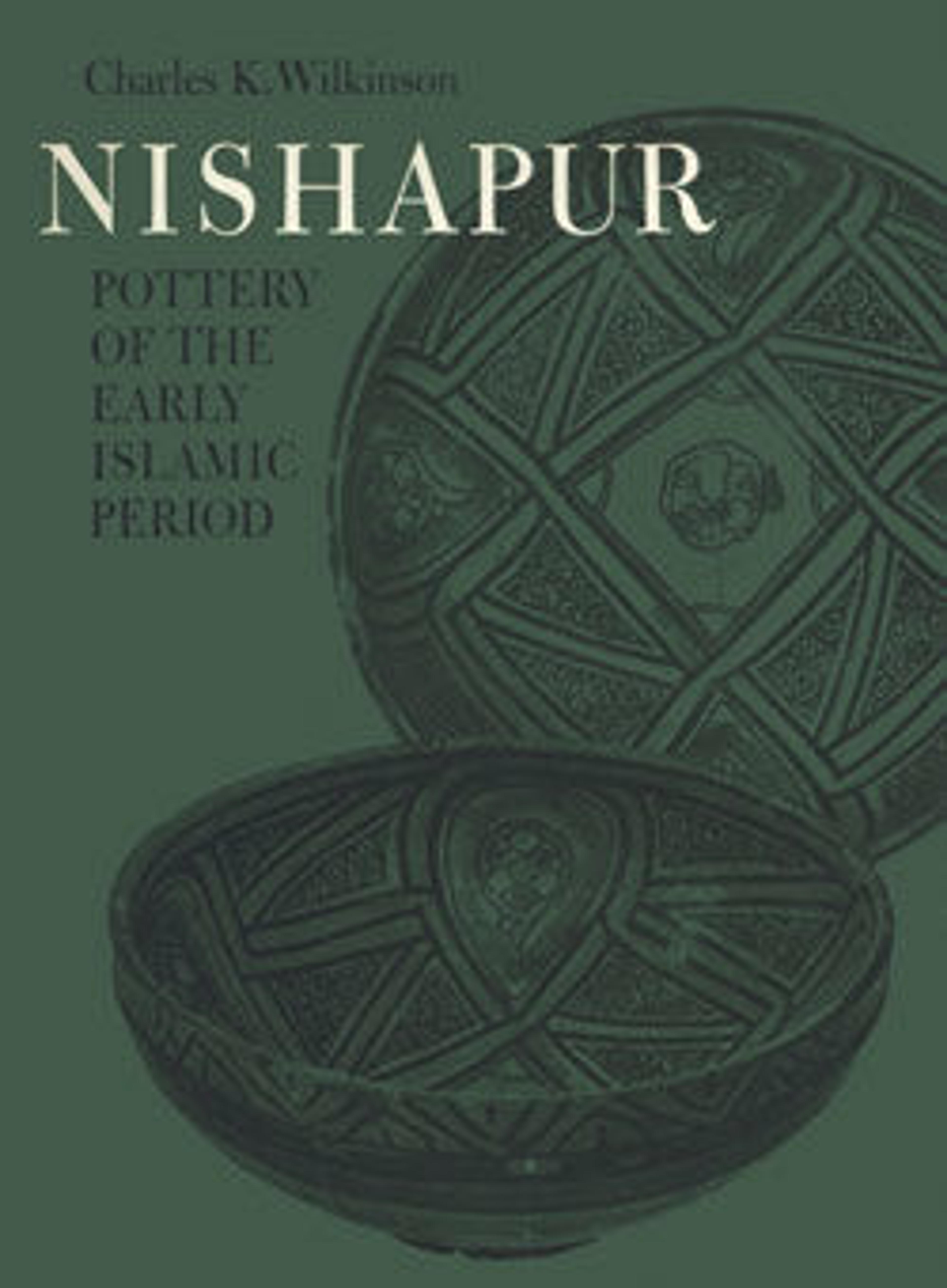Ribbed Jar
This ribbed jar excavated and purchased in Nishapur speaks to the technical and decorative innovations that transformed pottery production in Iran during the late eleventh and twelfth centuries. First is the body fabric of the vessel itself. Whereas earthenware was standard for local pottery production until the eleventh century, this jar is made primarily of ground quartz with small amounts of refined clay and fused glass. Known as fritware or stonepaste, this fabric allowed for a firmer and whiter body than earthenware. The introduction of this new fabric coincided with developments in shape, possibly because stonepaste is difficult to model and thus lent itself to the use of molds. The ribbed sides of this jar, for example, had not been common in Nishapur earthenware before.
Research suggests that in the Islamic world, the first experimentations with technologies related to stonepaste occurred in ninth-century Iraq where quartz-based slips were applied to the surfaces of lead-glazed earthenware vessels. True stonepaste was probably perfected in Egypt during the tenth and eleventh centuries and then spread to Syria and Iran where it flourished at multiple centers of production.
Research suggests that in the Islamic world, the first experimentations with technologies related to stonepaste occurred in ninth-century Iraq where quartz-based slips were applied to the surfaces of lead-glazed earthenware vessels. True stonepaste was probably perfected in Egypt during the tenth and eleventh centuries and then spread to Syria and Iran where it flourished at multiple centers of production.
Artwork Details
- Title: Ribbed Jar
- Date: 11th–12th century
- Geography: Found Iran, Nishapur
- Medium: Stonepaste; monochrome glaze
- Dimensions: H. 7 7/8 in. (20 cm)
- Classification: Ceramics
- Credit Line: Rogers Fund, 1937
- Object Number: 37.40.18
- Curatorial Department: Islamic Art
More Artwork
Research Resources
The Met provides unparalleled resources for research and welcomes an international community of students and scholars. The Met's Open Access API is where creators and researchers can connect to the The Met collection. Open Access data and public domain images are available for unrestricted commercial and noncommercial use without permission or fee.
To request images under copyright and other restrictions, please use this Image Request form.
Feedback
We continue to research and examine historical and cultural context for objects in The Met collection. If you have comments or questions about this object record, please contact us using the form below. The Museum looks forward to receiving your comments.
